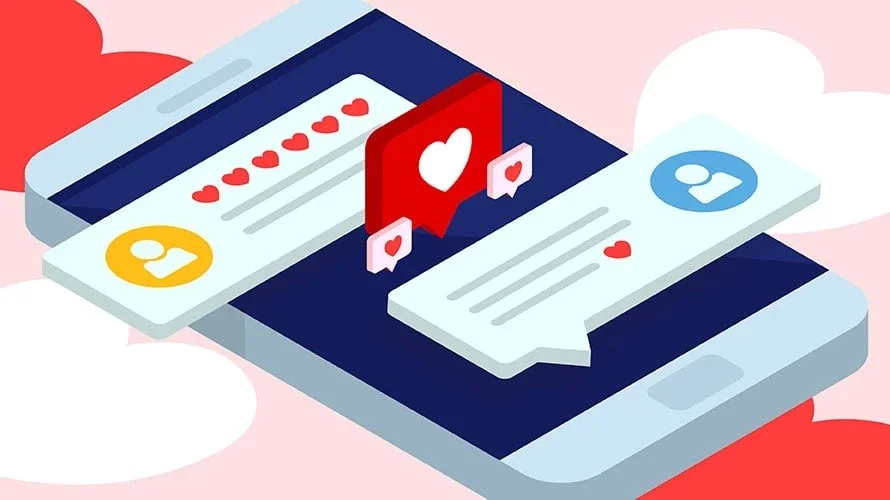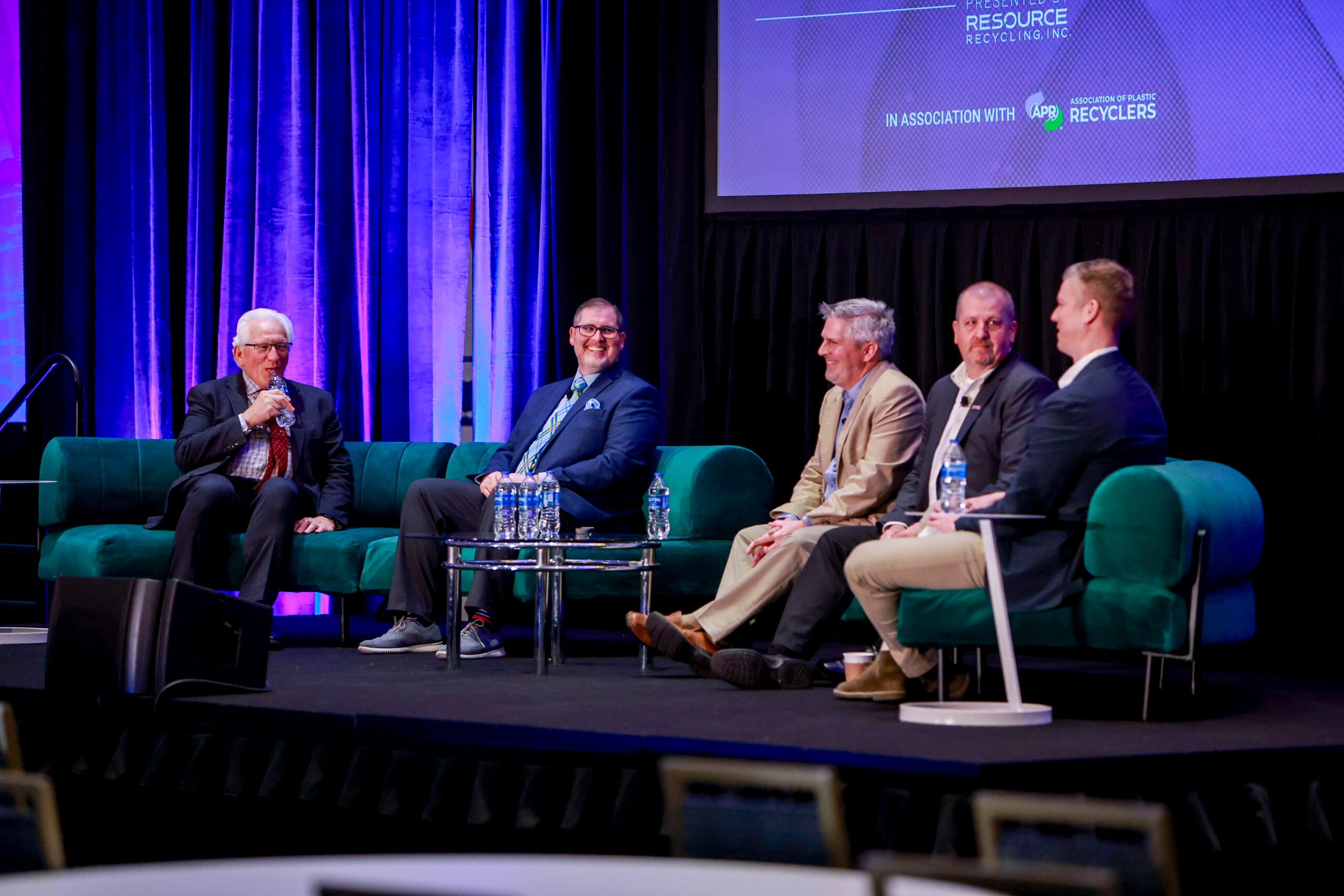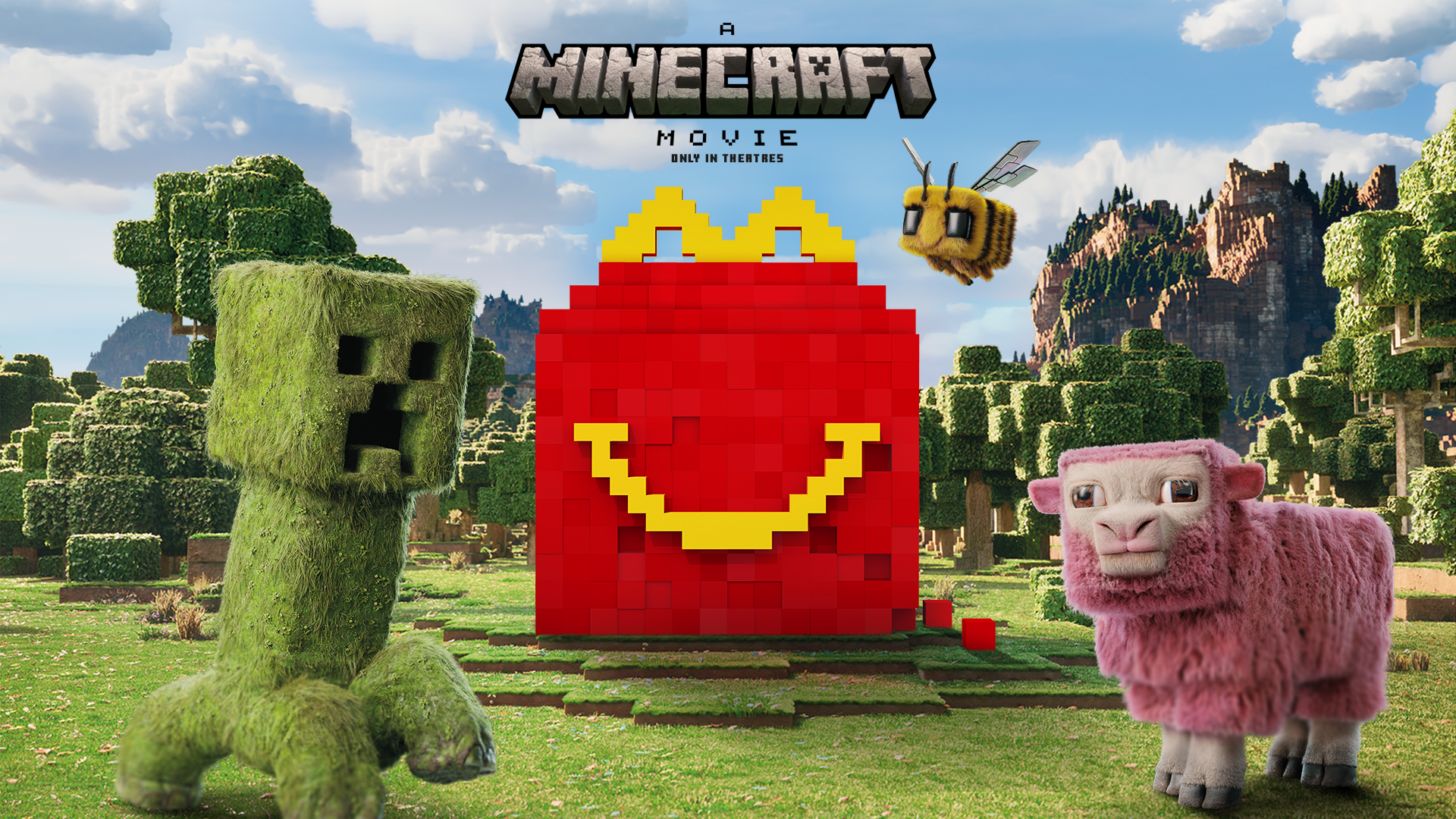How to create brand loyalty in the Tinder era


Hey, I like you but…I just can’t commit. I need an open relationship. Way open. It’s just so easy, I can’t resist. I swipe, tap and somebody new shows up. They’re different. And better. I’m doing this for me. I hope you can understand.
Sound like the scene from a painful breakup? It could be even worse. Because if you’re an established brand looking for love and loyalty in the age of smartphones, same-day delivery and sexy startups, this is your new reality.
Your customers are falling in love with new, better experiences. It’s a fact.
At best, they’re still with you, but they have a little something on the side. Worst case, they’re straight up dumping you. And in a cruel reversal of the cliché breakup line, this time, it really is you.
Why are customers playing the field? Simple. They have options. New, very attractive options at that. And your predictably ordinary deals and overplayed promises of boosted status just aren’t enough to keep them loyal anymore.
Much like a lover who’s been burned one too many times, customers don’t want to be bribed with seemingly worthless points. And they certainly don’t want to be misled. Yet, throughout most of marketing history, this is exactly how so-called loyalty has been used.
Today’s customers are savvy and quick to realize when you’re not giving your all to the relationship. They’re also quick to play the field, being a click, tap or swipe away from exploring what someone new might have to offer.
Loyalty programs aren’t dead yet
You’ve seen the stats—when customers participate in loyalty and rewards programs, they spend more money and stay longer.
It’s true, but if you’re looking for a real long-term commitment in a world of endless choice and mobile convenience, you need to find new and authentic ways to connect to your customers.
They are people after all. And as people, they have functional needs. A need for quality, convenience, value and good service. They want the very best you can offer as a brand and as a partner in your relationship.
Your customers also have feelings. They want to be happy. They want to enjoy themselves. They might even want a break. Ultimately, they want to feel appreciated and celebrated as an individual for sticking with the programs and brands they have chosen to commit to.
This is exactly what T‑Mobile was longing for when The Marketing Store helped create T‑Mobile Tuesdays—a program that would allow customers to feel genuinely appreciated and loved—just for being a customer.
T‑Mobile Tuesdays weren’t designed so that the business could eke out another sale. They were created as a way to say thank you to customers by giving them rewards every Tuesday.
In creating T‑Mobile Tuesdays, what we really fostered was a great relationship built on the principles of a lasting, dependable brand connection in the era of swiping left.
The fundamentals of mobile loyalty experiences
Care to show your customers some love? There are five simple rules you need to follow.
- Get to know your customers in an authentic way: Make an effort to ask them what they like and what they don’t like. Above all, make them feel appreciated. If they sense ulterior motives, it’s over.
- Be honest with them and yourself: Be clear about where you’re at in the relationship. Wishy-washy boundaries are a no-go. Be sure to know what their mutual expectations are and show your appreciation by being straightforward and direct.
- Make it fun: This isn’t a business transaction so boring won’t get you anywhere. Deliver unexpected moments of joy and appreciation.
- Give them space: Your customers want to know you’re there, but you’re not all they think about. Don’t make the relationship hard work. And definitely don’t blow them up with tons of messages. Be cool.
- Stay true: Last but not least, live up to the expectations you set and don’t break your promises. Your customers want to be with someone who shares their values and goes out of their way to do genuine good for others.
As SVP of strategy and experience at The Marketing Store, Jim is responsible for architecting and delivering digital and mobile customer engagement, CRM and loyalty programs. He leads a team of strategists, user experience designers and digital specialists responsible for delivering programs for brands like Monopoly, McDonald’s and T‑Mobile.
Originally published on Adweek here.



